The dream of building a semiconductor industry since the country's reunification
Sharing at the seminar “Chip value chain and opportunities for Vietnam” about the first steps of Vietnam’s semiconductor industry, Professor – Dr. Tran Xuan Hoai (Vietnam Academy of Science and Technology) said that Vietnam has been interested in semiconductors very early.
In 1962, Professor Dam Trung Don ( Hanoi University) researched, taught about semiconductors, and manufactured transistors. In 1974, the Institute of Physics built a semiconductor laboratory, and in 1975-1976, manufactured a series of silicon transistors using Planar-Epitaxi technology. In 1976-1977, the army also invested in Western European equipment and manufactured silicon transistors.
Just 4 years after the country's reunification, in September 1979, the Z181 semiconductor factory was established, starting to carry out contracts to produce and export diodes and transistors.
By the late 80s and early 90s of the last century, due to world political turmoil, the factory no longer had orders for semiconductor production, and the production and packaging of microchips at the Z181 factory had to stop.
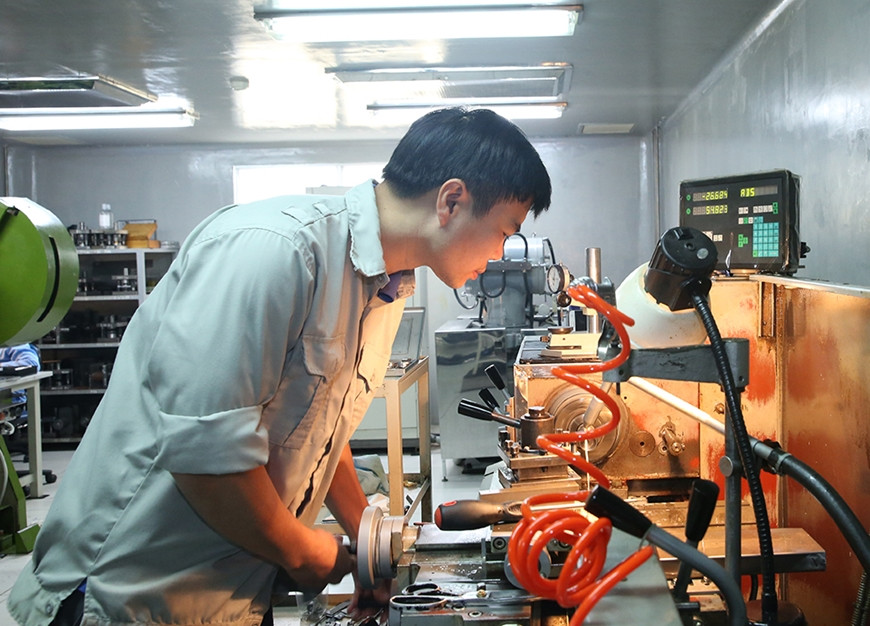
If we look at Korea, in 1974, Samsung manufactured the first silicon transistor, and they also only established a factory about 5 years before Z181. However, by the early 1990s, when Korea with Samsung as the “locomotive” became a powerhouse in the semiconductor industry, while Vietnam’s semiconductor industry returned to zero.
Vietnam's dream of computer production extinguished by fire
Sharing with VietNamNet about the history of Vietnam's electronics industry, Mr. Nguyen Trung Chinh, Chairman of CMC, said that there were times when Vietnam had a very proud technology investment strategy, but there were also periods when, due to the lack of good policies and market protection, it could not succeed.
Mr. Chinh said that since 1986, the National Institute of Technology has had a project to produce and manufacture computers in Vietnam. This is considered one of the key tasks of the Institute and is assigned directly to the Informatics Department of the Institute of Microelectronics.
“In 1987, I graduated with honors from the Faculty of Electronics and Telecommunications of Hanoi University of Science and Technology, so I was able to participate in the project right away. Our research group at that time had many privileges, such as reporting directly to Prime Minister Pham Van Dong. We had access to many documents, including secret documents and documents “hand-carried” from abroad about BIOS (Basic Input/Output System).
Even importing computer production lines from abroad, although very difficult, the Institute was able to import. Thanks to this line, after completing the design, we produced the first sample product called "prototype", and produced 100 units on a trial basis. These products were called "Bac To computers" (named after the late Prime Minister Pham Van Dong). "Bac To computers" used Hitachi's 12-bit CPU, Dynamic RAM, main board, 1.44'' drive, keyboard, EPROM development system... At that time, Vietnam's research and production of 12-bit chip computers was considered quite bold because the world was in the early stages of transition from 8 bits to 16 bits", Mr. Nguyen Trung Chinh said.

Not satisfied with the experimental version of the “Bac To computer”, Mr. Chinh continued his research and was allowed to hire Taiwan (China) to produce the motherboard. At that time, the Research Institute was under the State’s security regime, so all intellectual property was kept at the Institute, and employees were absolutely not allowed to take documents home.
“I still remember clearly that day was Sunday, the day the engineers completed the motherboard design, printed out the film to be sent to Taiwan for mass production the next day. That very day, the Institute caught fire. All the documents, designs... were burned down. If that fire had not happened, in 1989, Vietnam would have had Made in Vietnam computers on par with the world, researched and produced by the National Institute of Technology.
The institute burned down, meaning that important systems such as the West German colorcam specialized circuit design system, the entire design was largely automated… were all burned. The value of both the machine and the software was about 100 thousand USD. Maybe a few hundred thousand now does not mean much, but in the 80s, when we did not have enough to eat and had to supplement with corn, we understood how great the loss was.
From enthusiastic researchers, we became almost unemployed for nearly 2 years. Looking back, what we feel most proud of is that when the country was still lacking food, but with the right strategy and burning determination, with 10 very young members, we were able to go straight to applying the world's high technology", Mr. Chinh shared.
In 1991, Professor Chu Hao decided to let us establish the ADCOM Center as a Computer Research and Development Center. The Center had to self-account and cover its own research costs (while the Institute was a 100% subsidized model using the state budget).
The first thing Mr. Chinh and his associates did was to sell computers, then repair them. At that time, computers often broke down, users lacked skills, and needed advice on how to use them. Since 1993, computers began to become more common in Vietnam.
When he had money, Mr. Chinh returned to his unfinished dream of producing computers, starting with assembly. And CMS was the first computer brand produced in Vietnam. However, Vietnam's industrial production support policy was not good, there were no incentives but "reverse incentives". The tax policy on imported components was even higher than that on imported complete units.
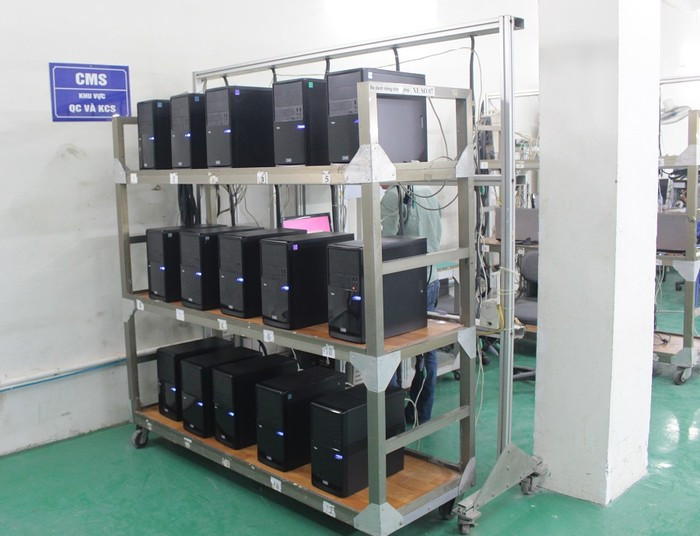
“From the fire at the Research Institute, to the unsupported assembly and production of computers and the lax market management, I think, all have lost the opportunity to produce Made in Vietnam computers. The possibility of having such a manufacturing industry is now impossible because we have lost the favorable conditions. Vietnam is a market of more than 100 million people, which is not small. If we do not have good policies and do not know how to protect the market, there is clearly no room for manufacturers,” said Mr. Nguyen Trung Chinh.
Lesson 2: A historic opportunity for Vietnam to make its mark on the global semiconductor map
Source: https://vietnamnet.vn/giac-mo-nganh-cong-nghiep-ban-dan-van-dau-dau-voi-doanh-nghiep-viet-2396825.html



![[Photo] General Secretary To Lam receives Chief of the Central Office of the Lao People's Revolutionary Party](https://vphoto.vietnam.vn/thumb/1200x675/vietnam/resource/IMAGE/2025/5/30/140435f4b39d4599a3d17975dfb444c5)
![[Photo] Journalists moved to tears at the Memorial Service for the soldiers who died in Gac Ma](https://vphoto.vietnam.vn/thumb/1200x675/vietnam/resource/IMAGE/2025/5/30/9454613a55c54c16bf8c0efa51883456)
![[Photo] National Conference "100 years of Vietnamese Revolutionary Press accompanying the glorious cause of the Party and the nation"](https://vphoto.vietnam.vn/thumb/1200x675/vietnam/resource/IMAGE/2025/5/30/1cf6cd5c8a934ebfa347028dcb08358c)

![[Photo] A delegation of 100 journalists from the Vietnam Journalists Association visits the soldiers and people of Truong Sa island district.](https://vphoto.vietnam.vn/thumb/1200x675/vietnam/resource/IMAGE/2025/5/30/0984a986227d4e988177f560d2e1563e)


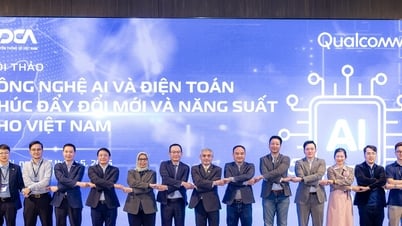

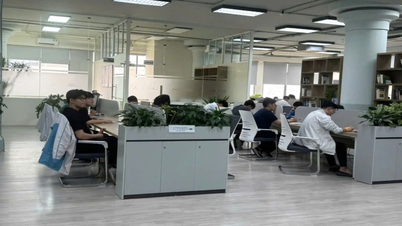


























































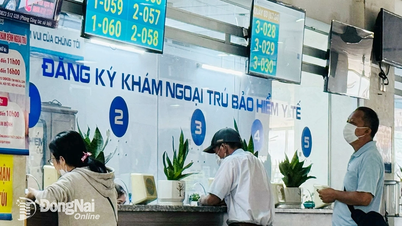
















Comment (0)